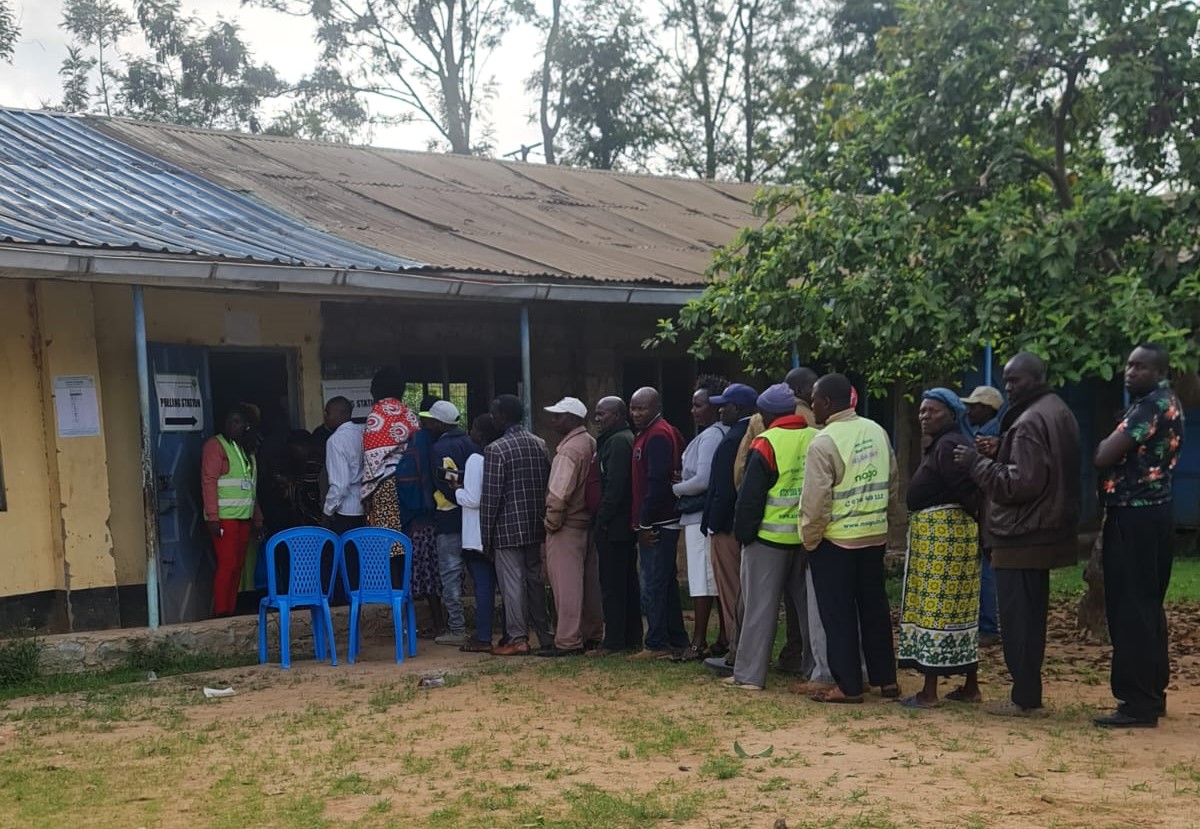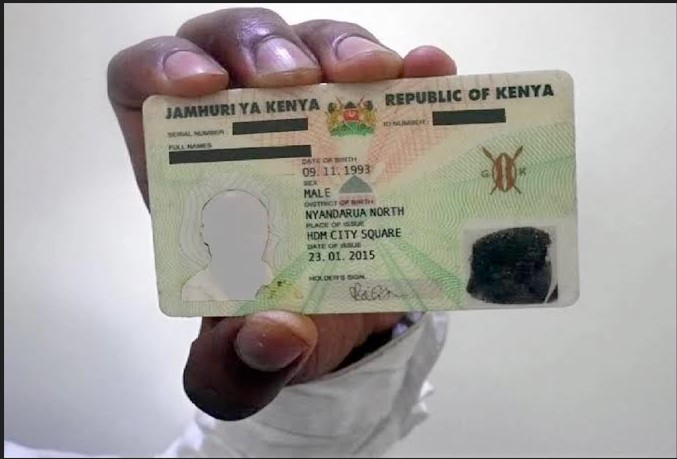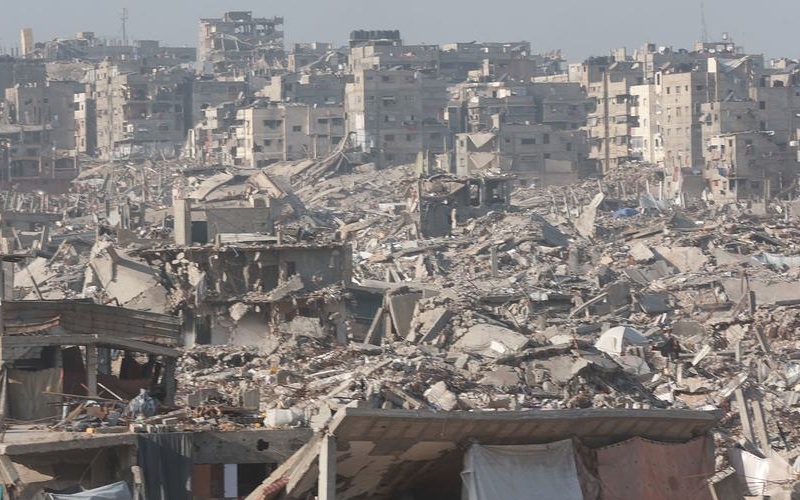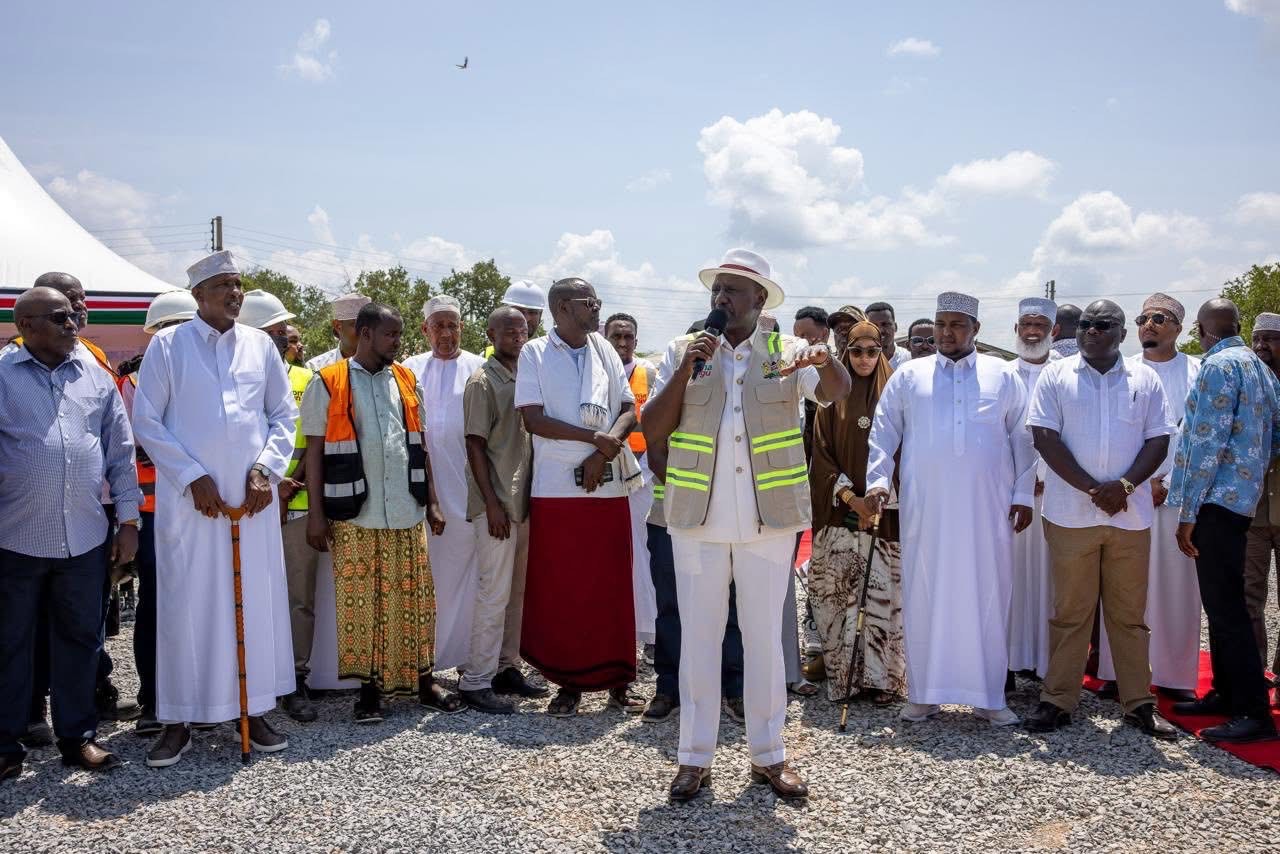Isiolo, Kwale, Kilifi and Taita Taveta among 33 counties facing boundary conflicts

They were listed following the mapping of boundary-related conflict zones by the National Cohesion and Integration Commission (NCIC).
Isiolo, Kwale, Kilifi, and Taita Taveta are among 33 of the 47 counties in Kenya that are facing boundary-related conflicts that are now the subject of a review in consultation with the National Survey of Kenya.
They were listed following the mapping of boundary-related conflict zones by the National Cohesion and Integration Commission (NCIC).
More To Read
- Senate to hear Nyamira Governor Nyaribo impeachment case in plenary after committee bid fails
- Nyamira Governor Amos Nyaribo, officials targeted in EACC corruption sweep
- Government activates nationwide emergency response amid heavy rain advisory
- How to make suqaar digaag: The spiced Somali chicken dish making a comeback in Kenya
- Workers at Moi University receive long-awaited salary arrears
- Court orders Parliament to set up commission to resolve county border disputes
The commission noted on Monday that the disputes continue to be a source of division, exclusion, and ethnic animosity, especially since most are caused by improper boundary demarcation.
"We have identified land and boundary disputes as enduring sources of conflict in Kenya over time. Given that most of the counties have been created along ethnic lines, boundary conflict may translate into ethnic conflicts," the NCIC said told a press briefing at their offices in Nairobi on the state of peace and cohesion in Kenya.
"It is for that reason that we have decided to work with the National Survey of Kenya to ensure that all county boundaries are clearly marked."
The affected areas lie along the Makueni-Taita Taveta, Kwale-Kilifi, Isiolo-Meru, Kitui-Tana River, Turkana-Baringo, Kisii-Nyamira, Kisumu-Vihiga, and Migori, and Narok areas, that continue to be sources of conflict.
"We have intensified sensitisation campaigns targeting various groups in the respective counties as well as engaged political leaders to find lasting peace along the boundaries," the commission said, noting that, instead of being sources of conflict, boundaries should act as connecting points to communities nearby.
It was also observed that communities across the country that are ravaged by heavy rains and flooding will take a long time to recover from the social and emotional distress.
"The tragedy of the phenomenon is that despite the scientific knowledge of the rain patterns in the last five decades, the level of preparedness on the part of the succeeding governments has remained hopelessly inadequate. This is worsened by irresponsible man-made activities like construction on the riparian lands," the NCIC said.
It was also noted that terror attacks have been on the rise in some parts of the country, the impact of which is not only a threat to the country's fragile social cohesion fabric but also a risk to the economic development agenda.
"The radicalisation and violent extremism phenomenon disproportionately impacted youth and women from marginalised areas, notably in northern Kenya border regions including Garissa, Mandera, and Wajir, the coastline border regions of Lamu, Kilifi, Kwale, Tana River, and Mombasa, and parts of Nairobi County," the commission said.
Efforts will be made to facilitate the disengagement and reintegration of returnees through psychological support and rehabilitation to promote social cohesion.
Top Stories Today














































